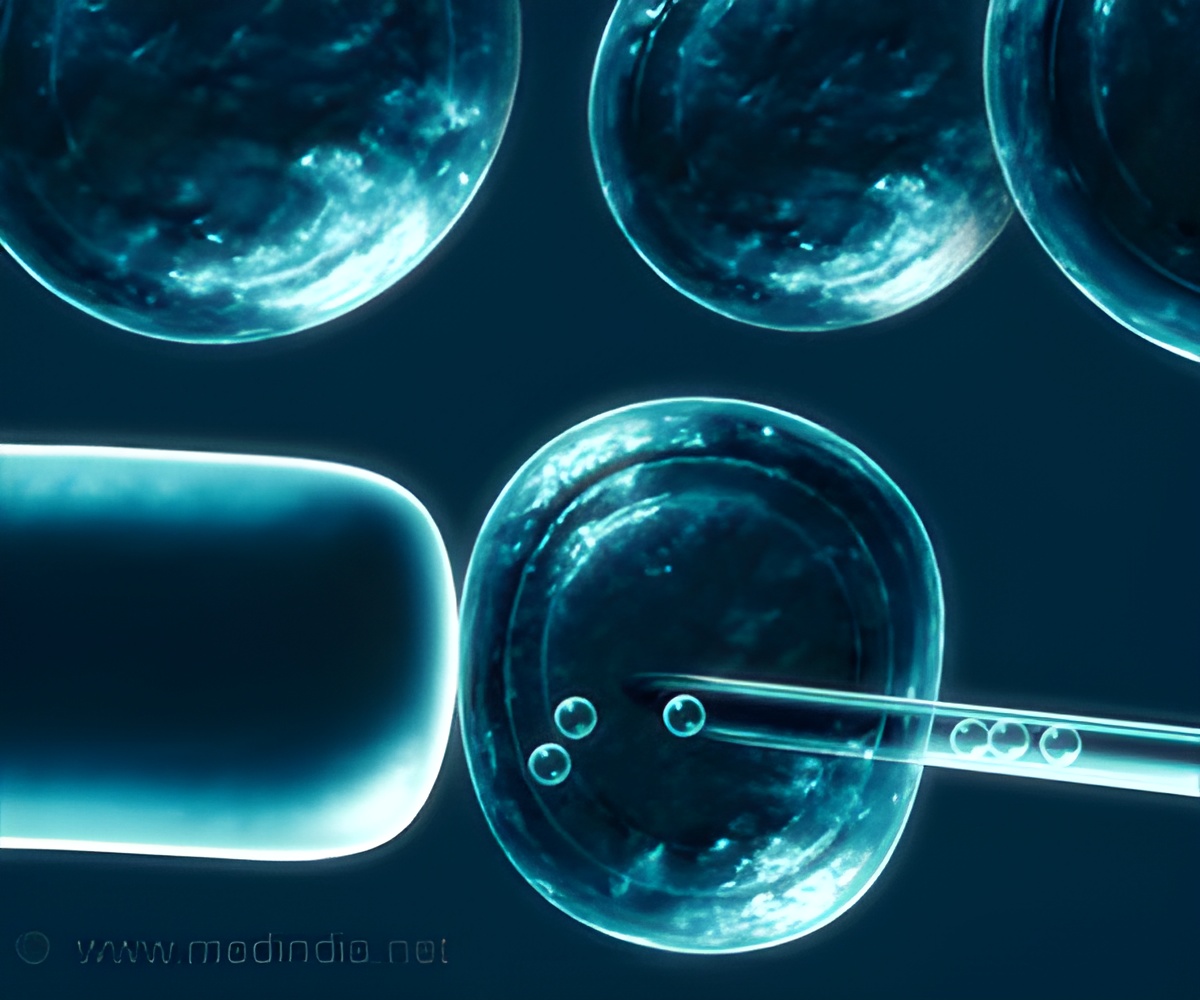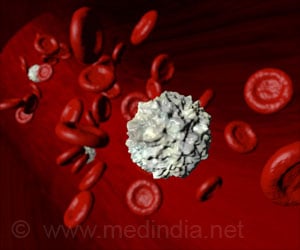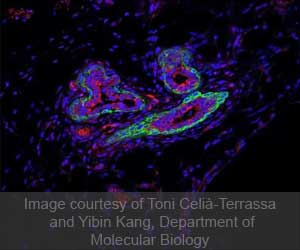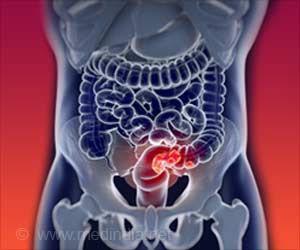In humanized mice, a cocktail of drugs blocking certain key pathways is effective in eliminating acute myelogenous leukemia.

TOP INSIGHT
The most important factor in predicting prognosis in AML is the genetic make-up of the leukaemic cells. Certain cytogenetic changes are associated with a more favourable prognosis than others.
Now, in research published in Science Translational Medicine a journal dedicated to the conversion of scientific discoveries into actual therapies?the group has shown that targeting two important pathways simultaneously is a promising route for eliminating cancer. One of the difficulties of developing targeted therapies against AML and other tumors is that the cancers can be very genetically diverse?cells in different patients and even cells in a single patient may harbor different mutations, making it hard to determine which are truly important for tumor growth or survival. Many of the mutations found in cancerous AML cells, for example, are also found in the cells of people?especially aged people?without leukemia.
To elucidate which mutations are truly relevant, the group took cells from AML patients, in various stages of the disease, and transplanted them into immune-deficient mice engineered to accept human cells, and then examined how the cells behaved?in either a normal or leukemic way?in organs such as bone marrow or spleen. "What we did," says Fumihiko Ishikawa, the leader of the group, "is to connect the genomic information and biological functions of the cells."
Using this method, they were able to discover that a mutation in a gene coding FLT3, an important tyrosine kinase, is critical for transforming normal bone marrow cells into AML cells and that another gene, BCL2, functions to promote therapeutic resistance in FLT3-mutated AML. This mutation, called FLT3-ITD, is one of the most common mutations found in AML patients. The group showed that by using RK-20449 to block abnormal signaling caused by FLT3-ITD, AML cells with multiple mutations could be effectively eliminated. In addition, by simultaneously targeting BCL-2 with a second drug called venetoclax (ABT-199), they could achieve the complete elimination of AML in the transplanted mice in most of the AML cases tested.
"This shows," says Fumihiko Ishikawa, the leader of the group, "that determining which of the mutations in a diverse landscape are critical in leukemia onset and which of the pathways are critical for therapeutic resistance in leukemia, and simultaneously targeting those pathways is an encouraging way to treat difficult cancers such as AML."
 MEDINDIA
MEDINDIA




 Email
Email










